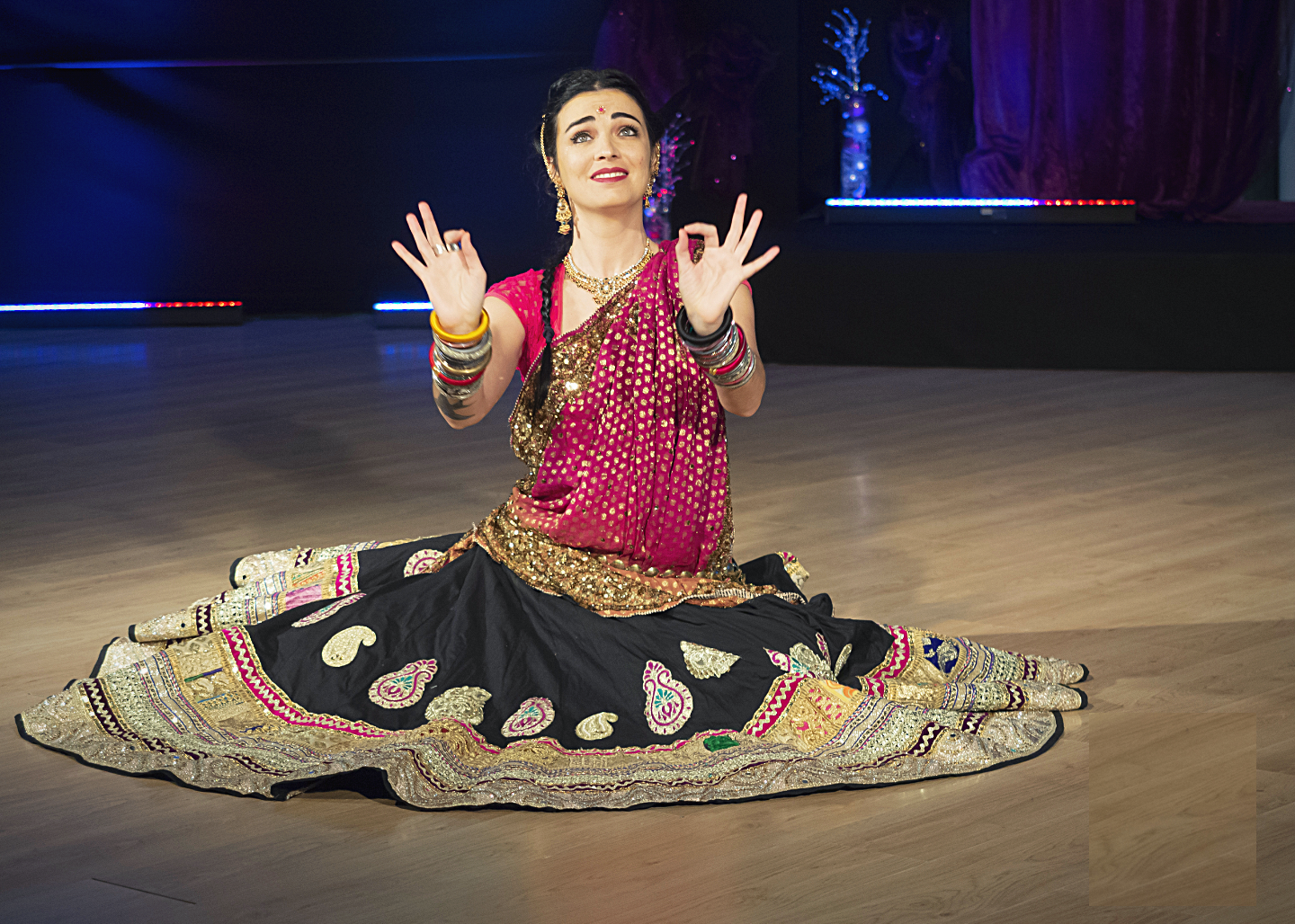
Do you want to know more about Ghoomar Dance? Let’s talk about it:
“Ghooma” means spin or to spin, the one who whirls gratefully. This is an art form made by women for women. As the story goes, when men were marching for war, women of the highest castes and even royalty would stay at home, whirl, and pray for their men to return victorious from the battle, it was Ghoomar dance.
Nowadays, on special occasions, such as weddings, birthdays, births and religious celebrations, women gather to sing and dance in an infinite mantric circle of color and joy, regardless of their caste.
Ghoomar dance is rooted in MARWAR, a Rajasthani región. Ghoomar dance was developed in palaces, surrounded by princes, kings and maharajas. The original Ghoomar song has a constantly repeating chorus, which tells a story of a girl becoming an adolescent, who will soon be a woman. She sings about her troubles, amusements and dreams:
“oh mommy, I can´t wait to wear the jewels and put make up on my eyes”
“ oh mum, I would love to make cakes”
“mam, I wish I could marry a Rajput* with a big turban”
These lyrics are usually reflected by the dancers, by using mudras as evoking movements.
One of the most captivating characteristics of Ghoomar Dance I witnessed every time I was lucky enough to watch women perform on royal weddings is the constant reverence of the posture. The leaning of the torso forward and performing gracefully the spins, absolutely stunning how fluid and continuous they are. I have seen very old women enjoying this dance and the company, who would spin bending their knees completely, almost touching the floor with their glutes before the spins.
Nowadays we can say that Ghoomar is a folklore gem that belongs to the women of India.
For three days, my entire online platform will be 25% OFF, so you can freely choose any course, style or practice you wish to explore.
What’s included:
Perfect for dancers who want to choose their own path.